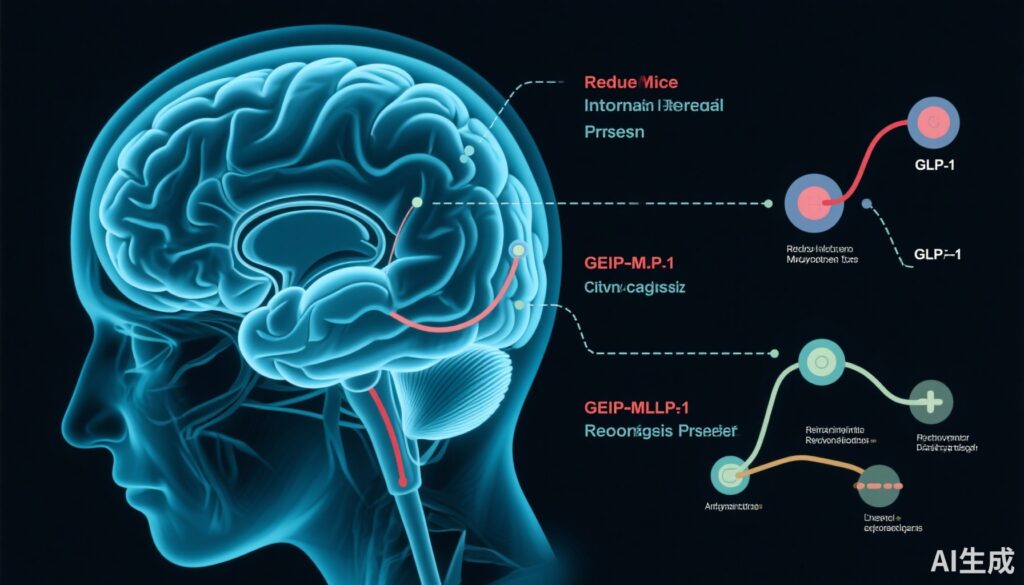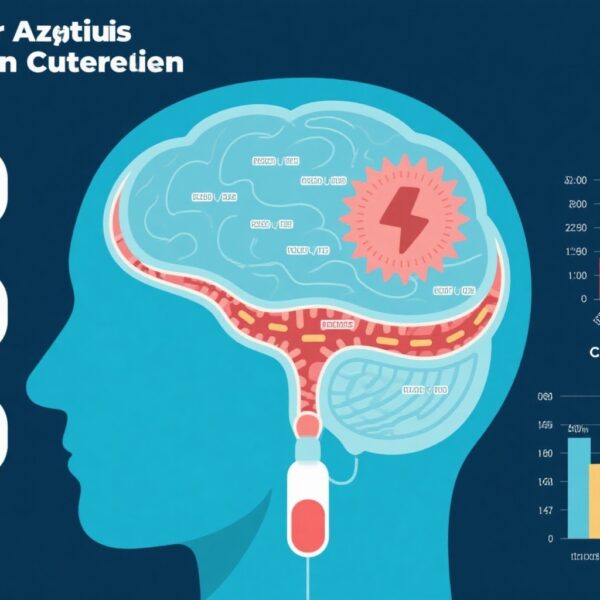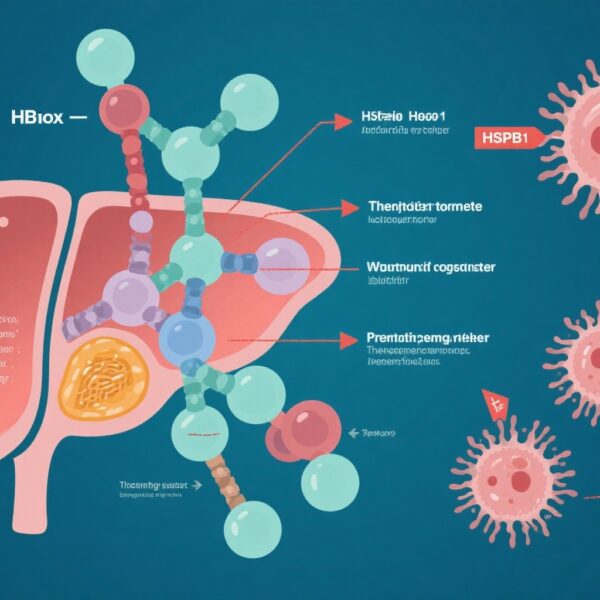Introduction and Disease Burden
Idiopathic intracranial hypertension (IIH) is a debilitating neurological disorder characterized by elevated intracranial pressure (ICP) without a discernible intracranial mass or ventriculomegaly. Predominantly affecting young obese women, IIH manifests through symptoms such as headache, visual disturbances, and papilledema, often leading to permanent vision loss if untreated. Despite the significant burden, current treatments remain limited, primarily focused on weight loss, carbonic anhydrase inhibitors, and surgical interventions in refractory cases.
The pathophysiology of IIH involves abnormal cerebrospinal fluid (CSF) production and absorption, leading to increased ICP. Standard therapies aim to lower ICP and mitigate optic nerve damage; however, they are often ineffective or poorly tolerated, underscoring the need for novel, targeted approaches.
Recent advances have illuminated the potential of metabolic and hormonal therapies, particularly glucagon-like peptide-1 (GLP-1) receptor agonists and dual GIP/GLP-1 receptor agonists, in modulating CSF secretion and reducing ICP. Their established role in metabolic diseases, notably type 2 diabetes and obesity, offers a promising therapeutic avenue for IIH, especially considering the intersection between obesity and IIH.
Methods of Evaluation
This comprehensive review synthesizes data from two clinical trials—one randomized controlled trial (RCT) and one non-randomized case-control study—alongside two patient registries. The studies included adult patients diagnosed with IIH who received GLP-1 receptor agonists or GIP/GLP-1 receptor agonists. Outcomes assessed encompassed the risk of papilledema, visual disturbances or blindness, headache frequency, weight changes, and adverse events.
The primary endpoints included the reduction in papilledema and visual impairment, while secondary endpoints evaluated headache frequency/days and safety profiles. Data extraction and meta-analytical methods adhered to rigorous standards, with statistical significance set at p < 0.05.
Key Findings and Results
This analysis encompassed 1550 patients with IIH, of whom approximately half received GLP-1 or GIP/GLP-1 receptor agonists. The key findings are as follows:
– Compared with standard-of-care treatments, the use of GLP-1 and GIP/GLP-1 receptor agonists was associated with a significantly lower risk of papilledema, with a relative risk (RR) of 0.25 (95% confidence interval [CI]: 0.15–0.43; p < 0.01). This indicates a 75% reduction in the risk of optic disc swelling, a critical marker of disease progression.
– Visual disturbances or blindness were reduced by approximately 59% (RR: 0.41; 95% CI: 0.18–0.92; p = 0.03), suggesting notable protective effects on visual function.
– A non-significant trend towards decreased headache risk was observed (RR: 0.61; 95% CI: 0.34–1.07; p = 0.08), pointing to potential symptomatic benefits.
– GLP-1 receptor agonists significantly decreased the number of monthly headache days at 3 months by an average of –3.64 days (95% CI: –6.26 to –1.03; p < 0.01), with sustained effects at the end of follow-up (–4.82 days; 95% CI: –8.80 to –0.85; p = 0.02).
– Interestingly, no significant association between GLP-1 RAs and changes in body mass index (BMI) was detected, indicating that benefits extend beyond weight loss.
– Safety profiles were favorable; no serious adverse events or discontinuations were reported. Mild gastrointestinal adverse events, including nausea, occurred in approximately 88% of patients but were generally well tolerated.
These findings support the hypothesis that GLP-1 and dual GIP/GLP-1 receptor agonists may exert their beneficial effects through mechanisms affecting ICP modulation, possibly independent of weight reduction.
Expert Commentary
The current evidence underscores a promising adjunctive or alternative therapeutic strategy in IIH management by targeting pathways involved in CSF secretion and intracranial pressure regulation. The significant reduction in papilledema and visual impairment highlights the potential of these agents to prevent irreversible optic nerve damage.
Mechanistic studies suggest that GLP-1 RAs might reduce CSF production via effects on choroid plexus epithelial cells, thereby lowering ICP independent of their metabolic actions. Their role in reducing headache frequency further adds a symptomatic benefit dimension.
Despite the encouraging findings, limitations include the small number of high-quality RCTs and heterogeneity among studies. Larger, multicenter, randomized trials with longer follow-up are necessary to confirm these benefits, elucidate mechanisms, and determine optimal treatment protocols. Additionally, investigations should explore the effects of these agents on weight, as well as their interaction with standard therapies.
Safety remains a key consideration, but current data suggest good tolerability, aligning with their established safety in metabolic indications.
Conclusions and Future Directions
The integration of GLP-1 and GIP/GLP-1 receptor agonists into IIH treatment paradigms offers a novel and promising avenue, especially considering their CNS effects and potential to modify disease progression beyond weight loss. Future research should prioritize large-scale RCTs to validate these preliminary findings and explore mechanistic pathways. Personalized approaches considering patient comorbidities and preferences will be vital to optimizing therapy.
Overall, this emerging therapeutic strategy holds the potential to significantly improve outcomes, prevent vision loss, and enhance quality of life for individuals suffering from IIH.



